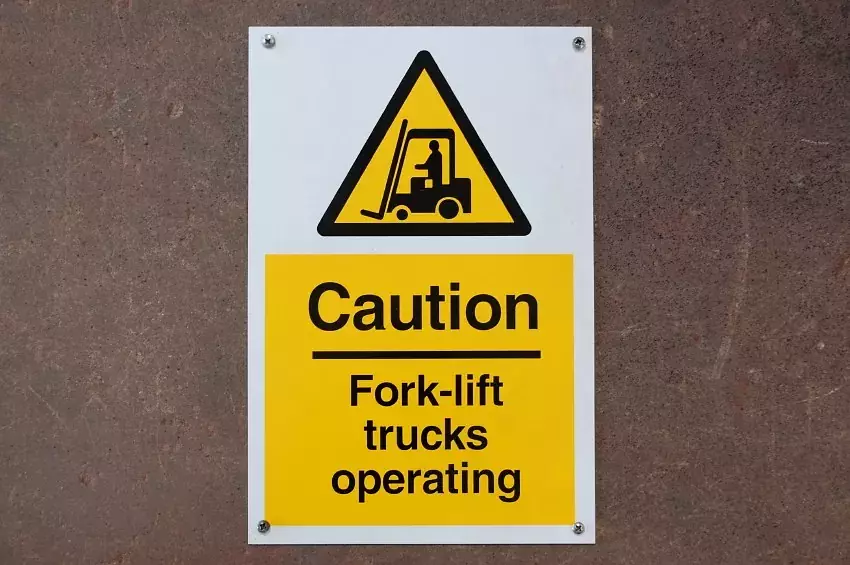 If you are like most people, you probably get a certain mental picture when you think of forklifts: A boxy little vehicle with two prongs in the front, used to lift pallets. However, most forklifts on the market today are multipurpose and can be used to perform many tasks around a warehouse, not just pallet stacking. The key to this is the interchangeability of most forklifts’ fork, which can often be removed and replaced with other attachments.
If you are like most people, you probably get a certain mental picture when you think of forklifts: A boxy little vehicle with two prongs in the front, used to lift pallets. However, most forklifts on the market today are multipurpose and can be used to perform many tasks around a warehouse, not just pallet stacking. The key to this is the interchangeability of most forklifts’ fork, which can often be removed and replaced with other attachments.
Of course, if you are unfamiliar with the fact that a forklift’s fork can be replaced with other attachments, you are probably also completely unfamiliar with the attachments themselves – as well as how to use them safely. For this reason, the folks here at National Forklift Exchange have put together the following list of common forklift attachments with short notes on how to use each of these attachments responsibly.
7 Common Forklift Attachments And How To Use Them Safely
1. Degree Rotator
Degree rotators allow a forklift’s fork to swivel on its mast, letting its operator invert or dump loads. One important safety rule to keep in mind when using a degree rotator is to never stand near the fork because, as it tips to the left or right, it could crush your foot between one of the forks and the floor.
2. Hydraulic Reachforks
Hydraulic reachforks extend the reach of a forklift for cases when you must lift or lower a load over another load that prevents the forklift from getting closer to the set-down area. Always make sure, before using a hydraulic reachfork, the lifted load is not heavier than the forklift’s counterbalance as reachforks place the machines center of gravity in front of its front wheel and, therefore, can cause tipping.
3. Hydraulic Drum Handler
Made specifically for lifting cylindrical objects, such as metal drums, drum handlers feature a circular band instead of forks, and often rotate so the operator can pour a drum’s contents out using the forklift. Naturally, you should always avoid standing within the metal band, as it pneumatically expands and contracts – meaning some types might crush your legs.
4. Work Platform
Made for hoisting personnel into elevated work environments, most work forklift platforms feature fencing to prevent falls and, sometimes, are insulated to prevent electrocution. One major way to misuse this equipment (and get hurt) is to ride in one of them while the forklift is moving. Needless to say, all forklift operators should be expressly forbidden for treating work platforms as amusement rides.
5. Fixed Jib
A fixed jib doesn’t replace a forklift’s forks but instead slips over them to turn the machine into a basic-purpose crane. At the end of the jib is a line and hook for lifting that is typically powered via an extension to the forklift’s battery. Perhaps it goes without saying, but no one should ever attempt to use a fixed jib for rope climbing. Even if one were to commit that kind of folly, there are different kind of Rope for sale which have reinforced tensility fit for the job.
6. Extension Slippers
Extension slippers give a forklift’s forks just a little extra reach and slip right on, making them easy to attach and detach. Unlike with hydraulic reachforks, you cannot extend or retract extension slippers from within a forklift’s cab. And like hydraulic reachforks, while using extension slippers, you should always be mindful of your forklift’s counterweight and center of gravity.
7. Container Ramp
Made especially for lifting large, rectangular containers, container ramps are typically too wide to fit between most warehouse shelves and are, therefore, used mostly for unloading large shipments. Two common ways people get hurt using container ramps include using them in place of work platforms and, as with degree rotators, standing too close to the ramp while it is in operation.
